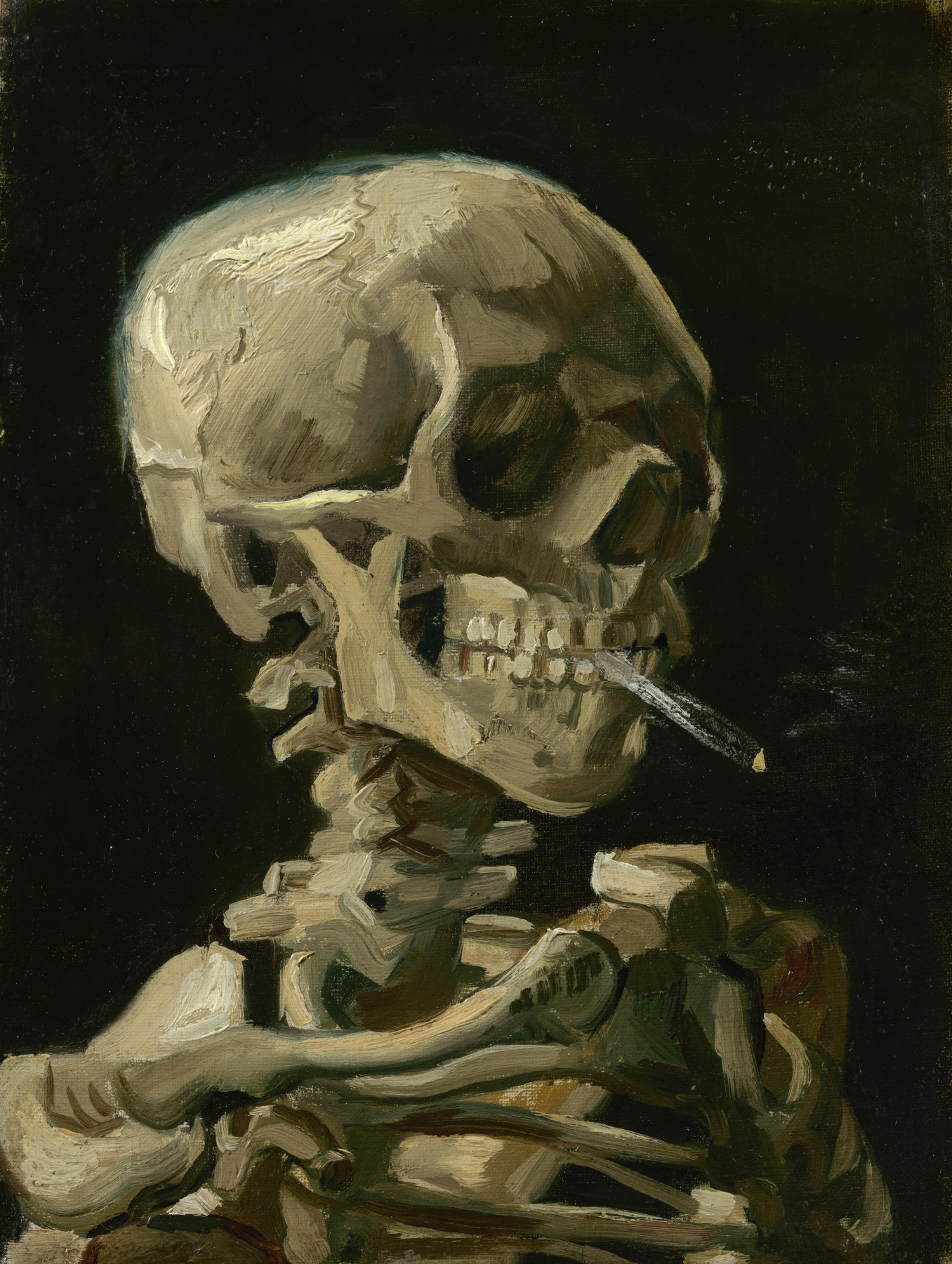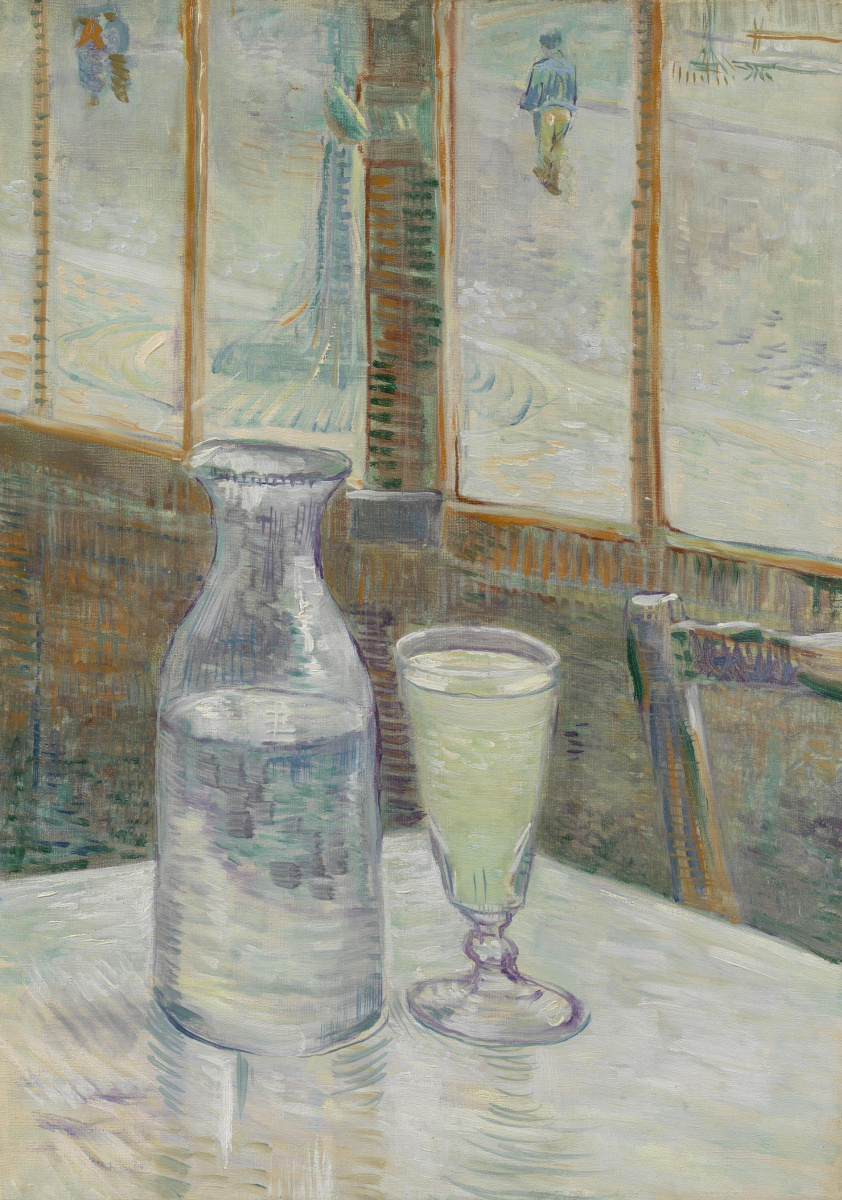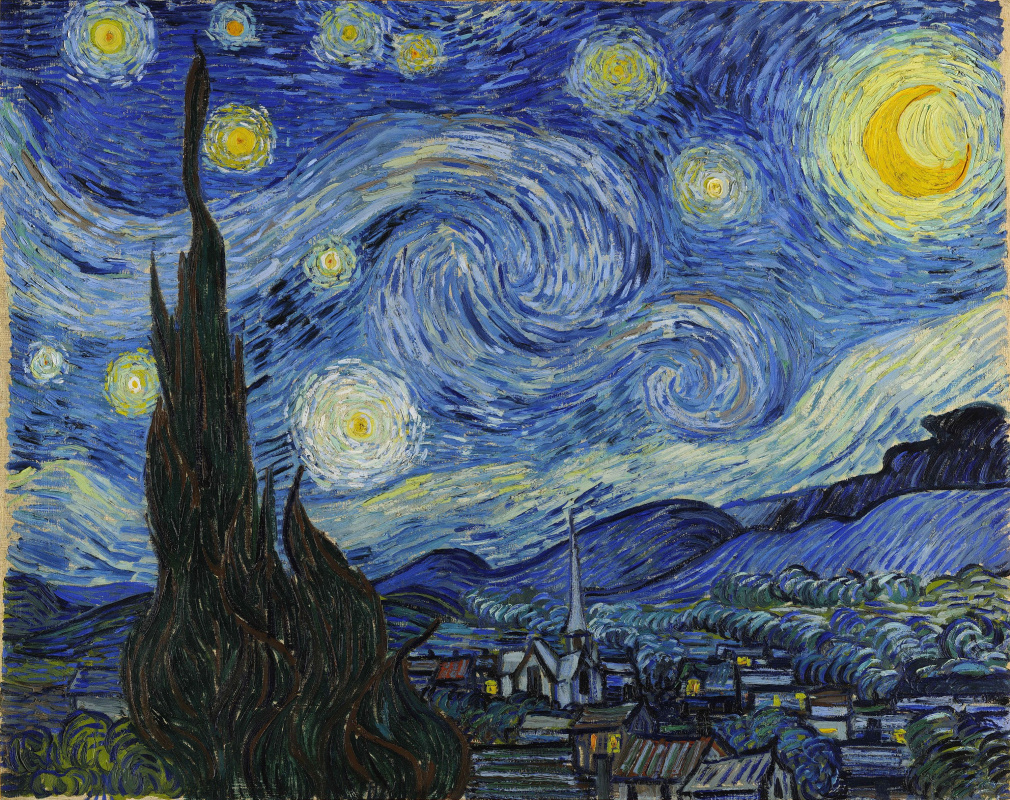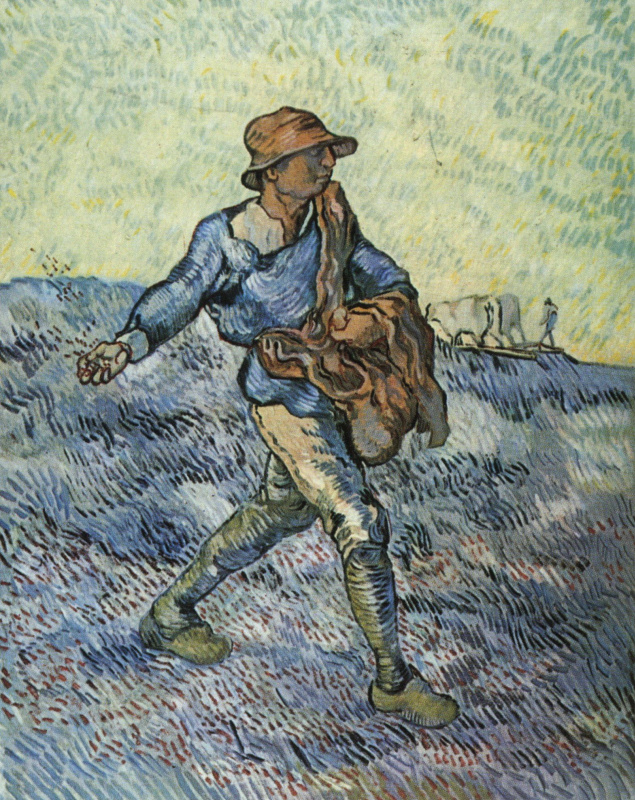During his short life, Vincent van Gogh suffered many hardships and misfortunes. And, in addition to poverty and misunderstanding by those around him, one of his most serious problems was his health. The artist had to deal with some very unpleasant diseases: from sexually transmitted to mental ones. In fairness, it is worth saying that Vincent himself was to blame for some of his ailments. But on the other hand, if he had not committed suicide at the age of 37, the artist would hardly have lived too long. The younger brother of Van Gogh, Theo, for example, survived him for only six months (died of syphilis).

There are many hypotheses about the kind of disease that caused the madness of Van Gogh. However, due to the fact that there is almost no documentary evidence left, besides the "epilepsy" diagnosis put to him during his lifetime, it is difficult to draw any conclusions. We can speak with confidence on the other ailments the artist suffered from, thanks to Vincent’s correspondence and some surviving documents.
There is no Vincent’s self-portrait where he smiles.
Teeth
Vincent began to have problems with his teeth at the time when he went to bring the word of God to the miners and peasants in the village of Borinage. Imbued with the difficult fate of his charges, the future artist began to give them almost all of his food. Such a forced "diet" did not make good effect on his health: Vincent began to lose his teeth rapidly. It is likely that due to a lack of vitamins and other nutrients, Van Gogh got his scurvy.The next aggravation happened when Vincent lived in Antwerp. He spent about three months here, and during that time he only ate hot food six to seven times. The artist mainly ate bread and coffee and smoked a lot to muffle the feeling of hunger. During these months, Van Gogh literally withered from malnutrition, but continued to spend almost all the money on canvases and paints. At the beginning of 1886, Vincent wrote to his brother that he went to the dentist, who had immediately removed 10 of his teeth. Of course, at the end of the 19th century, dentistry was already a fairly developed field of medicine, but Van Gogh simply would not have had enough money for high-quality treatment or, especially, prosthetics.
Every year, it became increasingly difficult for the artist to eat solid food. In addition, financial problems also remained unchanged. By his 37 years, Van Gogh had lost most of his teeth and tried not to smile again.
The Hague prostitute Sien, who gifted Vincent not only with her love, but also with sexually transmitted diseases.
Gonorrhea
Van Gogh’s numerous relationships with prostitutes could not but end badly for him sooner or later. Especially considering that he lived with one prostitute for about a year, and during this time she returned several times to her profession. In the summer of 1882, in one of his letters to Theo, Vincent said that he had gonorrhea from Sien and described how he was treated. In particular, he wrote that a catheter was inserted into his bladder.Unfortunately, the artist had the misfortune of being born at the wrong century to maintain his health or at least receive high-quality treatment. As for gonorrhea, for a long time it was not even recognized as a separate disease, but just one of the manifestations of syphilis. The situation changed only in the 30s of the 19th century, and the causative agent of gonorrhea, gonococcus, was only detected in 1879. Even after this, gonorrhea was not really treated. Doctors just recommended to wash the affected areas, until the appearance of antibiotics in the 30s of the 20th century. So in fact, Vincent had to endure all the unpleasant procedures to no avail.
Self-portrait with bandaged ear
January 1889, 60.5×50 cm
Syphilis
We don’t know exactly when Van Gogh contracted syphilis. Most likely, this happened in 1881−1882 (and, most likely, Sien also has given him the "French disease"), as before that time he associated his life with religion, which implied humility and abstinence. However, it is possible that Vincent visited prostitutes in London. After all, in the 19th century, syphilis was such a common disease throughout Europe that one could speak of an epidemic. According to some reports, at that time about 15% of the European population was infected with it, while the means of protection against sexually transmitted diseases became widespread much later. Therefore, many people suffered from syphilis, and few were ashamed of this.Again, we deeply sympathize with the artist, who was "lucky" to get syphilis at the time when it was treated with mercury, arsenic and iodine. Mercury-based drugs have been used to treat this disease for 450 years. They were not very effective, and also highly toxic. According to some reports, "mercury baths" caused the death of about 80% of patients treated.
The main danger of syphilis was by no means the notorious "fallen off nose", but the madness that struck patients in the later stages. According to some researchers, it was neurosyphilis that was the cause of Vincent’s attacks. During the first such seizure, the artist cut off a part of his ear. And he could do this painlessly, again, "thanks to" syphilis, due to which Van Gogh had atrophied nerve endings in his ears.
Still life with absinthe
1887, 46.3×33.2 cm
Alcoholism
After he had moved to his brother in Paris in 1886, Vincent hit a wild life. He spent evenings in restaurants, cabarets and brothels, and Theo often kept him company. Despite the deplorable financial situation, Van Gogh had always found money for absinthe and wine. And if he hadn’t, there had always been someone who was ready to treat him and support a conversation or an argument about painting. At least until Vincent in these disputes got totally out of line, which happened to him often, especially under the influence of alcohol.Van Gogh drank really much. He did not refuse even the cheapest wine, although absinthe was still his favourite drink. It is believed that some pictures Vincent painted under the influence of hallucinations caused by the "green fairy". Apparently, there was no way to get absinthe in Arles, so Van Gogh had to be content with wine, most often of the lowest quality. Vincent could starve for several days, but he always found money for paints, canvases and alcohol.
Due to excessive libations and progressive syphilis, the artist became impotent. He admitted this to Theo in one of the letters written in Arles in 1888. Nevertheless, Vincent did not lose his love for brothels, and his love of love only seemed to grow and had manic forms sometimes.
Left: Dr. Felix Rey, a trainee in an Arles hospital who helped Vincent cope with seizures. Van Gogh painted this portrait in gratitude to him, but it covered a hole in the chicken coop for a long time.
Right: Dr. Paul Ferdinand Gachet, who looked after the artist in Auvers. It is hardly possible to call him the attending physician, since Gachet rather took care that Vincent drew more, and not about his mental health. In one of the last letters, Van Gogh wrote to Theo: "I think we can in no way count on Dr. Gachet. Firstly, he is even more sick than me, or, say, just like me. And when the blind leads the blind, won’t they both fall into the pit? "
Right: Dr. Paul Ferdinand Gachet, who looked after the artist in Auvers. It is hardly possible to call him the attending physician, since Gachet rather took care that Vincent drew more, and not about his mental health. In one of the last letters, Van Gogh wrote to Theo: "I think we can in no way count on Dr. Gachet. Firstly, he is even more sick than me, or, say, just like me. And when the blind leads the blind, won’t they both fall into the pit? "
Epilepsy
On 24 December 1888, the day after the first attack, during which it is believed that Van Gogh cut off his earlobe, he was transferred to a psychiatric hospital. Here the attack repeated, and Vincent behaved so aggressively that he was placed in a ward for violent patients. The artist was hastily diagnosed with temporal lobe epilepsy. In the future, he was treated specifically for this disease, although there are many opinions and hypotheses regarding what actually caused these attacks: from bipolar disorder to porphyria.However, you cannot say that Van Gogh was diagnosed without any reason. Contrary to popular belief, epilepsy is not only the falling sickness with convulsive seizures and foam from the mouth. Epilepsy is also a disorder of consciousness, dementia and psychosis, which can manifest themselves in a variety of forms, including fear, aggressiveness, anxiety, delirium and hallucinations. Based on this, the diagnosis of Vincent no longer seems so fantastic.
Certainly, the diagnostics, including that of mental diseases, at the late 19th century left much to be desired. But even if Vincent had been diagnosed correctly (for example, they established bipolar disorder), there was simply no means for quality treatment. Even the diagnosed epilepsy was treated mostly with warm baths and orders to remain calm. While Van Gogh was still ready for the first, the second was categorically not to his liking. Vincent used to work till exhaustion, constantly staying in nervous excitement, and it caused only new attacks. But be that as it may, Vincent created many of his best paintings precisely during the "crazy" period.
Cover illustration: Vincent Van Gogh. Skull of a Skeleton with Burning Cigarette, 1886.
Author: Yevheniia Sidelnikova
Author: Yevheniia Sidelnikova















